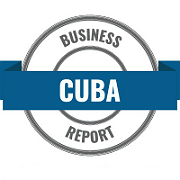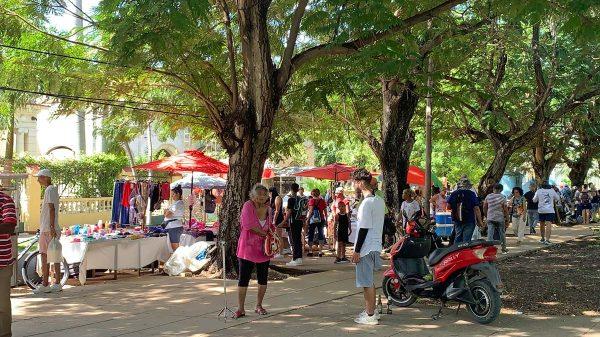A new study released by the BCG Perspectives takes a look at the evolving Cuban consumer. Over a period of several months BCG Perspectives evaluated both the consumer in Cuba and the overall economic prospects for the American investor. Not only is the American embargo a hindrance for potential investors but foreseen challenges include both regulatory and infrastructure restrictions within Cuba.
The BCG study profiles the Cuban consumer and takes a look at the trends affecting these individuals and their spending habits. Challenges facing potential investors in the Cuban economy include not only the limited incomes for much of the population but also limited brand awareness in terms of American products. The analysis also takes an in depth look at these challenges faced by foreign investors.
The study also profiles individual consumers, indicates trends affecting the consumer industry and the challenges outside investors will face. It concludes with an outline of actions outsider companies can take now in order to invest in the future economy of Cuba.
Current limitations according to the report is the centralized economy and the average wages of Cubans who earn less that $1,000 each year. Average wages of the typical Cuban is approximately $20-30 CUCs per month. However this wage is supplemented with free healthcare, a superior educational system and the libreta ration card. Through the libreta, each Cuban is able to obtain basic goods with the ration card but it only provides access to basic food items such as rice, beans, sugar, meat, chicken, flour and cooking oils. The rations do not cover all food requirements. Cubans still need to access the CUC stores or individual markets which sell other food products.
The research also discusses the remittances which Cubans obtain from families abroad. BCG Perspectives found that some 40% of those living in Havana alone are receiving money from overseas. Remittances form a vital part of the Cuban economy. These remittances enable Cubans to purchase from the stores which sell imported products such as household appliances and electronics. Remittances are expected to increase as more and more Cubans emigrate to the U.S. and obtain jobs and earnings available for sending home to the family. The purchasing power of the Cuban consumer is expected to expand over time with this influx of hard currency into the economy.
The double currency system is also seen as problematic but this could soon be resolved when Cuba unifies the monetary system though there is no established date for currency reform. The CUP is used by Cubans and the CUC (on par with the U.S. dollar) is supposed to be used by foreigners. However more and more Cubans are using the CUC for shopping in stores that sell imported items.
The dual currency system has created a financial divide among Cuban citizens. People with access to CUCs —and especially those in the tourism industry fare better as consumers, largely because of tips they receive which increases their month incomes. Those making up the entrepreneur or the cuentapropistas class also have access to CUCs, but there still tight are regulatory restrictions.
Economic growth predictions are based on the increasing tourism industry, expansion of the number of people involved in cuentapropista economy and the projection of increased remittances from abroad. Government employee salaries are expected to grow at a slower pace.
The BCG Perspectives study on the Evolving Cuban consumer is an excellent resource for potential investors in Cuba and provides good insight into what lies ahead. Moving into the Cuban economy presents both opportunities and challenges for American business investment. For foreign investors the view has to be long term. The Cuban economy is a growth market, expected to expand over the next five to ten years with increasing foreign investment, increasing tourism numbers, increase in remittances and the expansion of the entrepreneurial class.
View the complete report here.

From our staff writers and editors.














